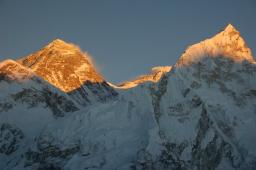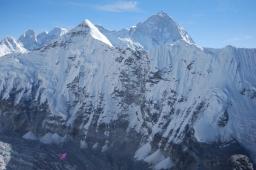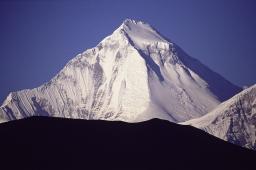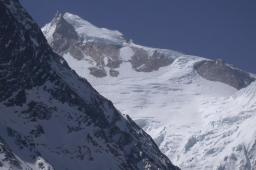Nepal

History Of Nepal
With the passing of every new century, Nepal witnessed many rulers and dynasties play contributing roles in moulding Nepal to present day's Modern Nepal. Kirantis ruled Nepal from 9th century B.C. to 1st century A.D. Later Licchavis took over Kirantis from 3rd to 13th century and then were followed by Thakuris belonging to Malla dynasty. Then Shah Dynasty held the reign. King Prithvi Narayan Shah is solely responsible for today's modern day Nepal for he is the one who united different kingdoms into one single nation in 1769. In 1846, the Kot massacre led by Jung Bahadur Rana backseated the power of monarchy and made Rana regime more powerful. In 1950 King Tribhuvan with the support from India restored monarchy.
A coalition government comprising the Nepali congress party and the Ranas was thereafter installed with the promise of free elections in 1952. In1960, King Mahendra, son of King Tribhuvan tactically established Panchayat system, meaning ‘five councils system', by engineering a coup, declaring a new constitution, imprisoning all the leaders of the then government and enforcing a ban on all political activities. People's movement of 1990 opened up a new chapter for a decade of democracy in Nepal which led to multiparty democracy with constitutional monarchy. Democracy came with heavy price leading to incompetent political leaders, political conflicts, Maoist insurgency, corruptions and downfall in national economy. Royal family massacre in 2001 left whole world in complete shock.
King Gynendra was crowned Nepal 's king after his brother, King Birendra's assassination. With the advent of 2006 all major political parties committed to reform their past mistakes and Maoist rebels came together with the support from Nepali people and jointly went on several days strikes to restore democracy. Finally, King Gynendra handed over the political power to Nepali people and democracy was once again restored in Nepal.

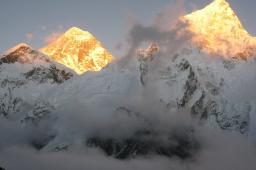


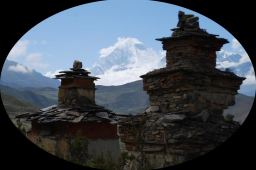
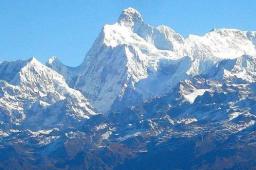

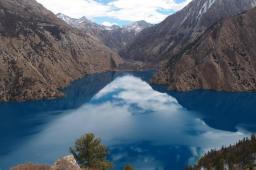

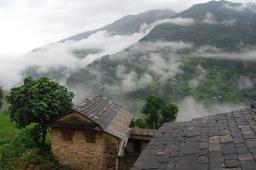


.jpg&w=256&h=170)
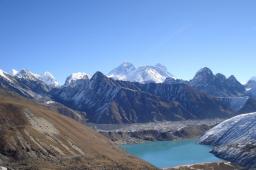

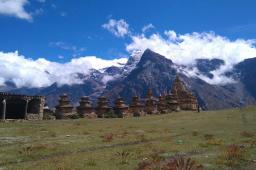


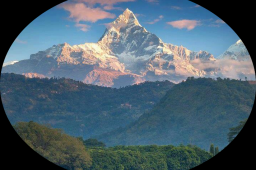
.jpg&w=256&h=170)


